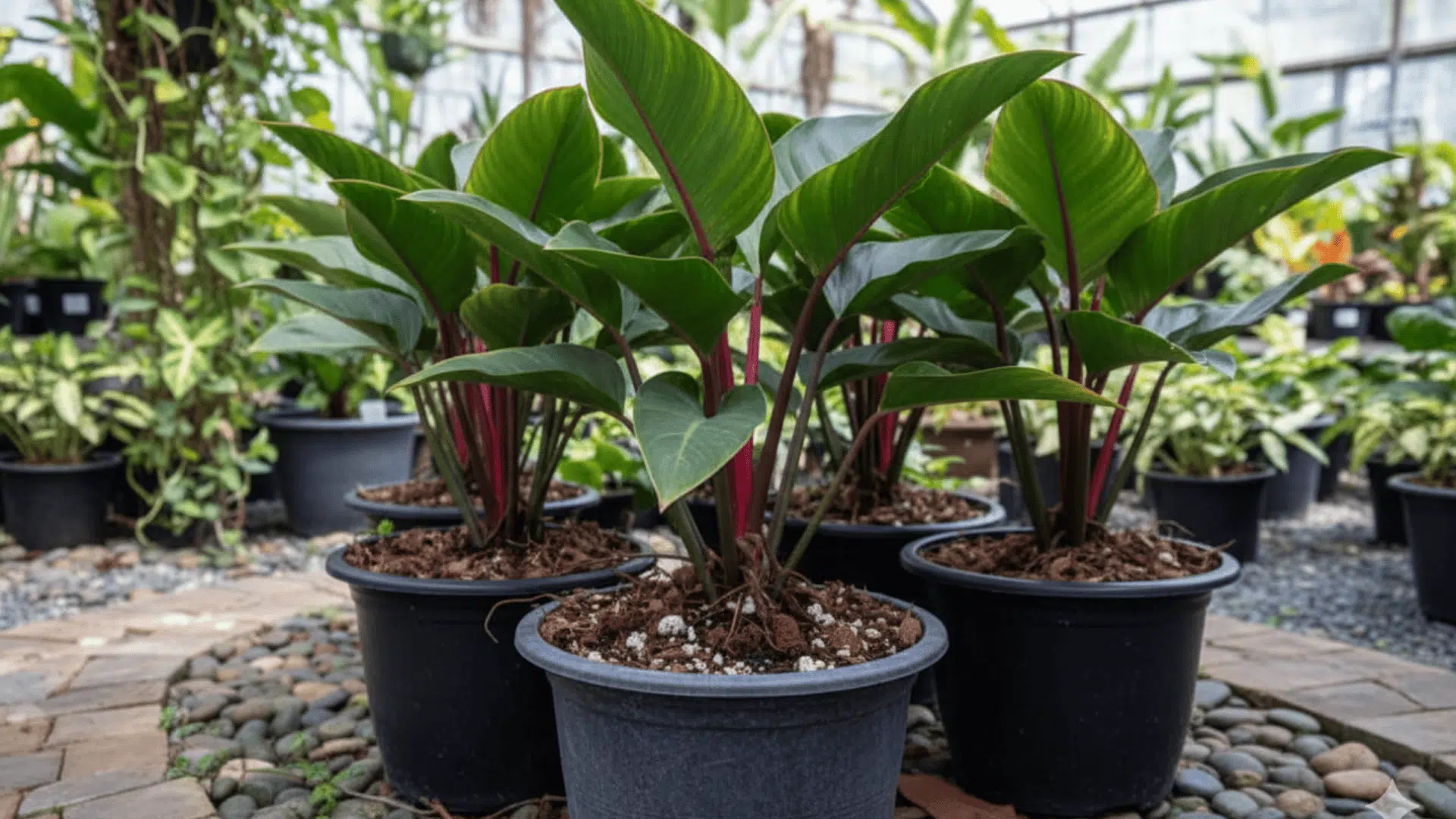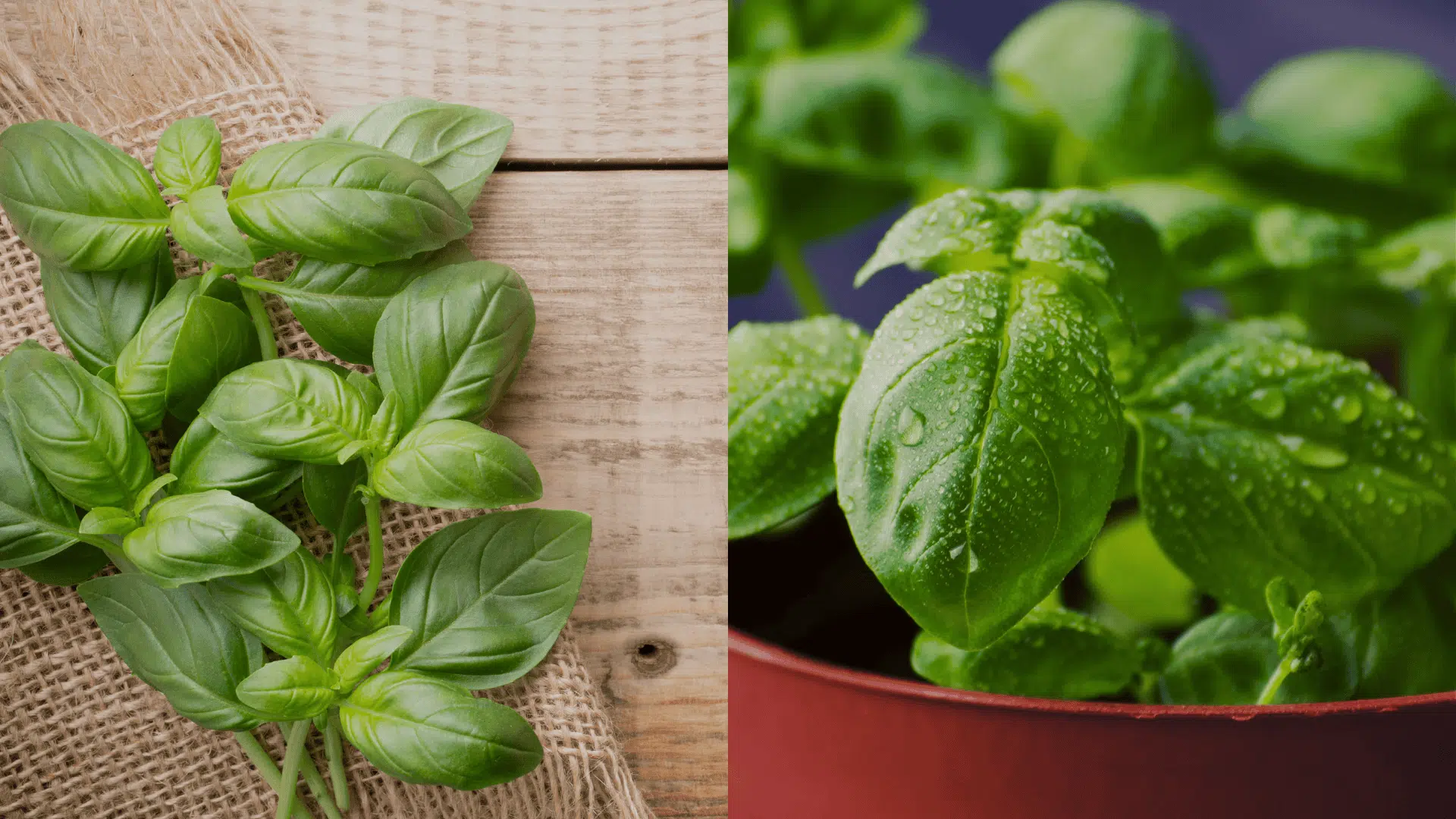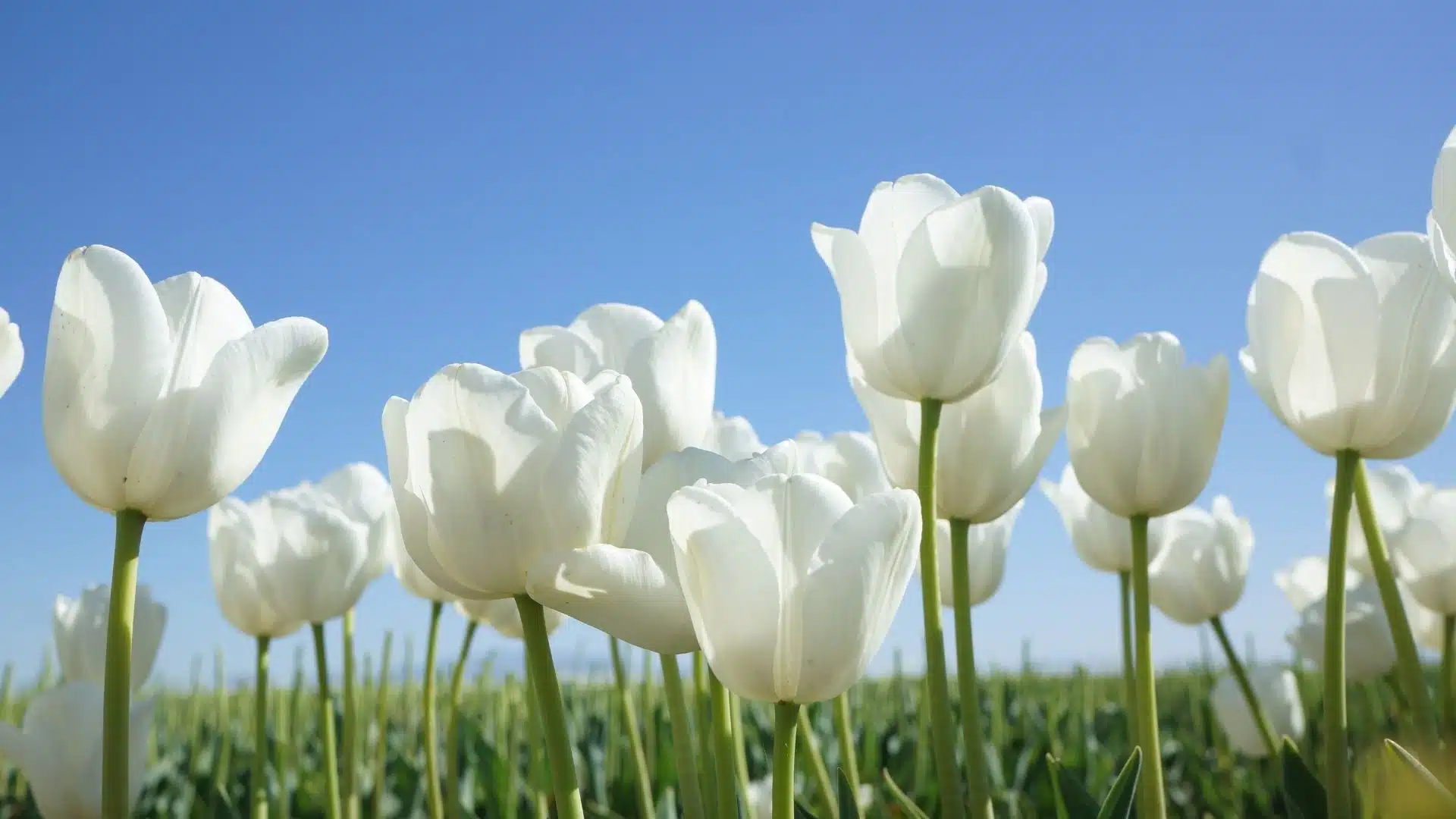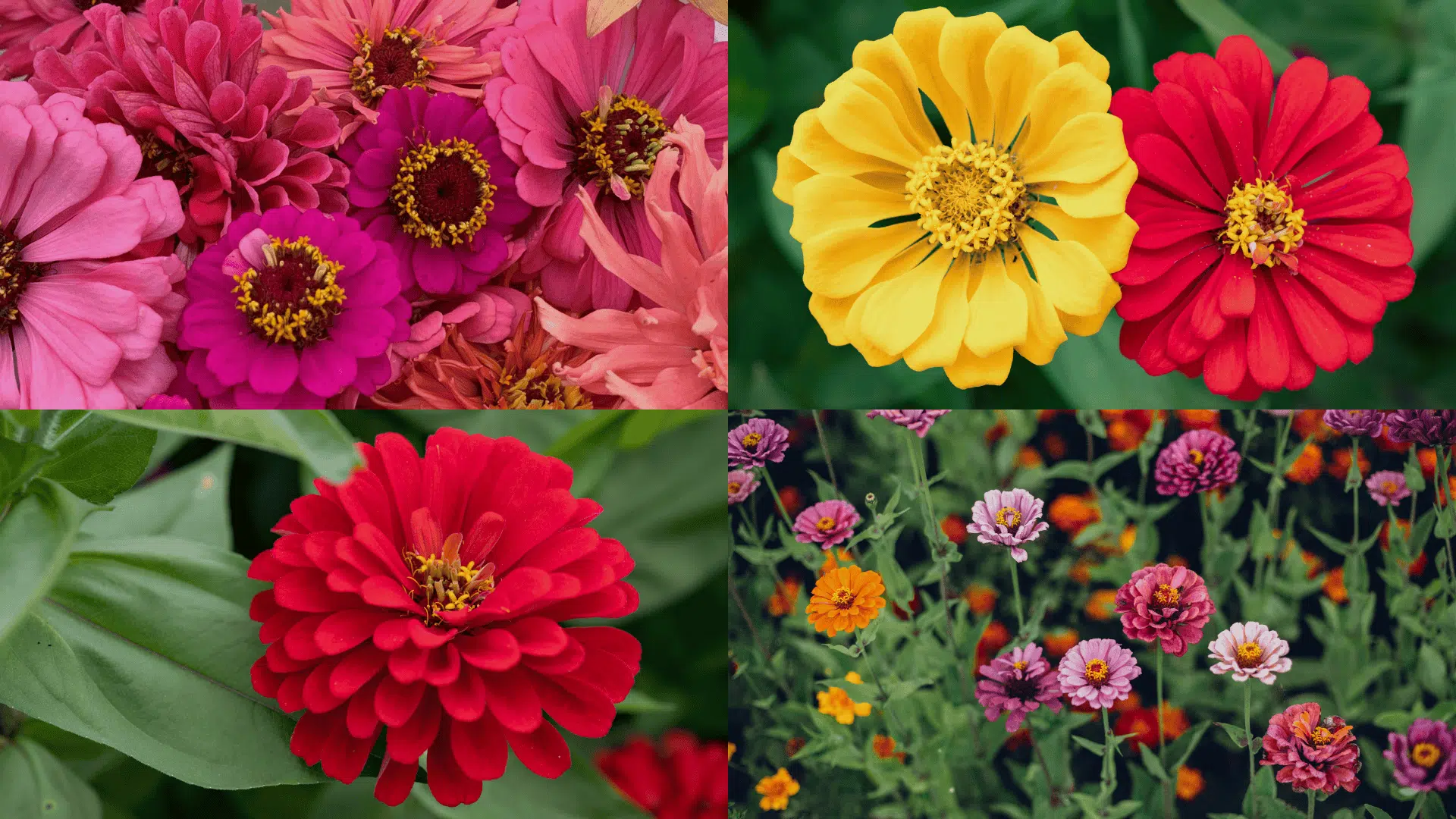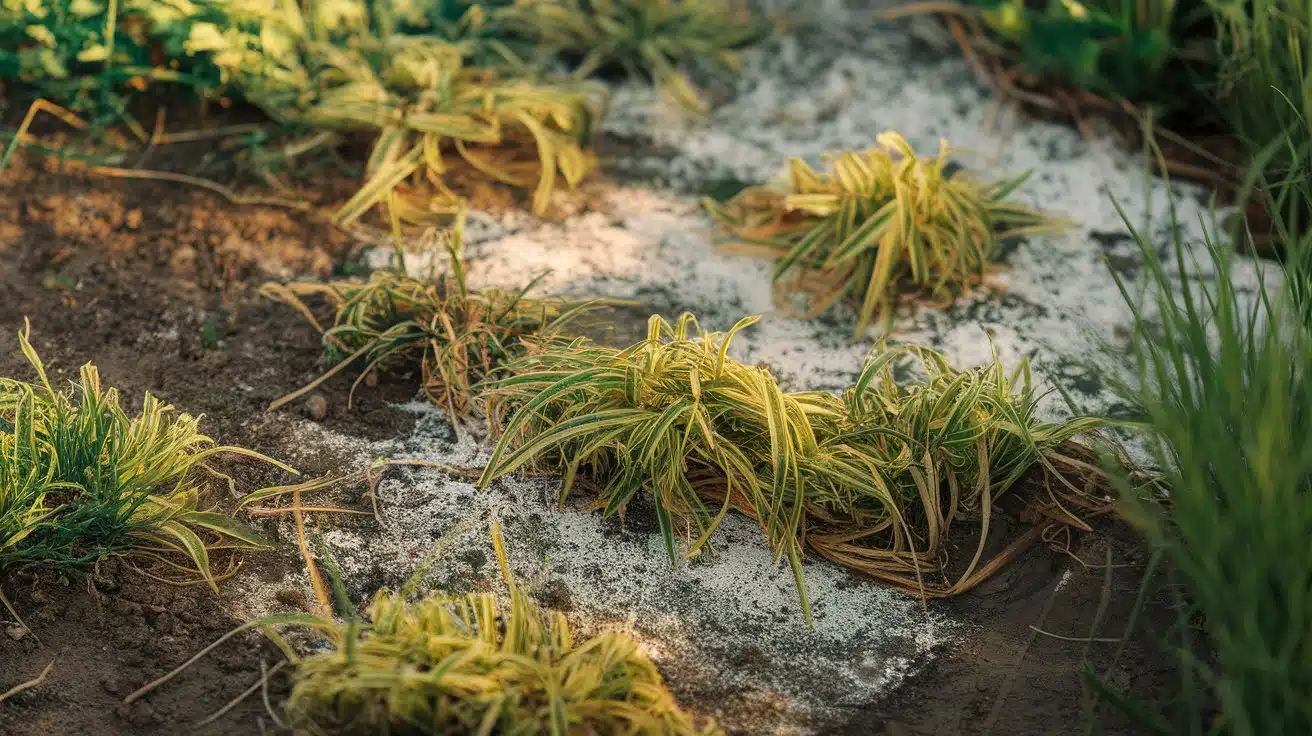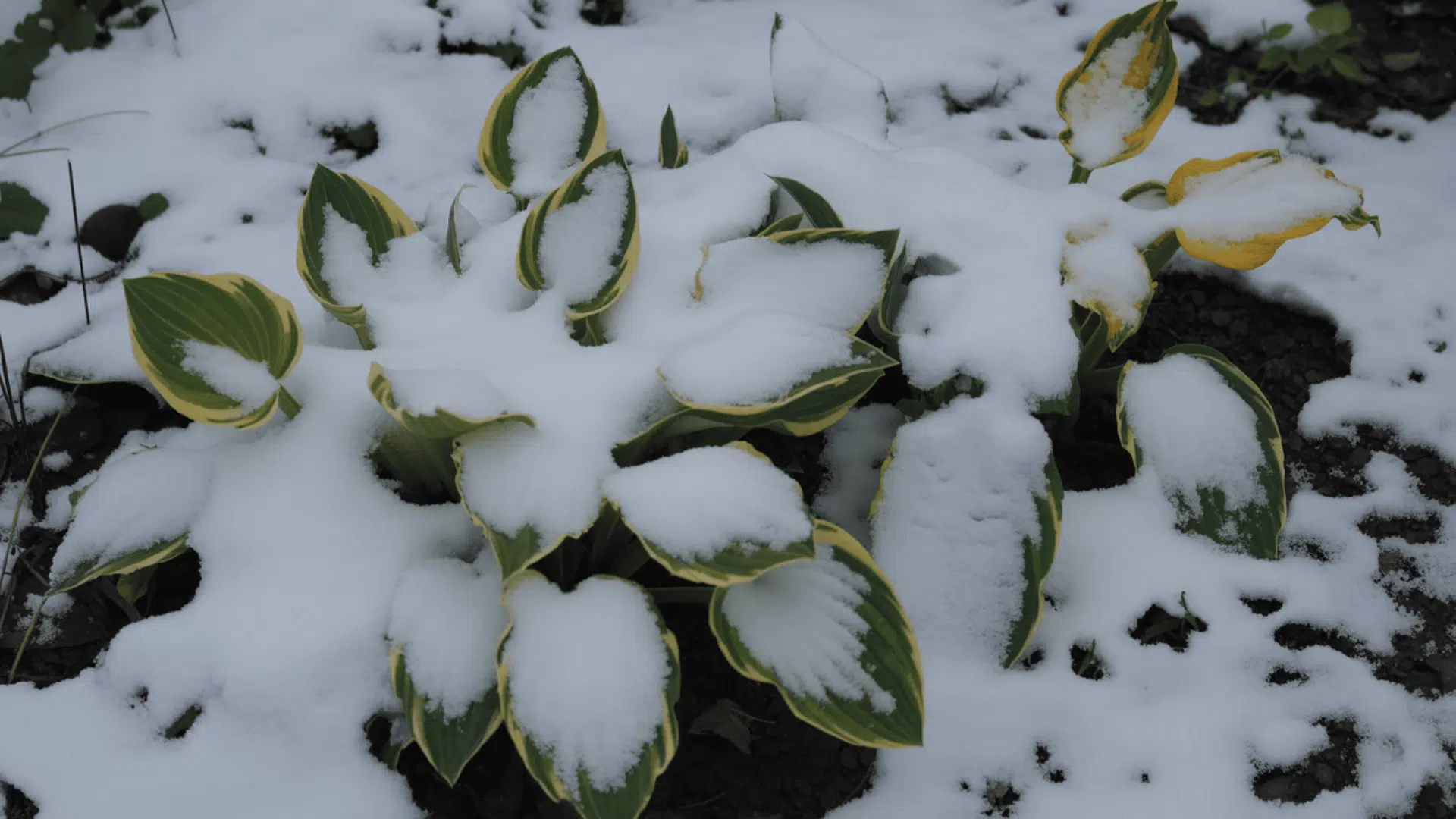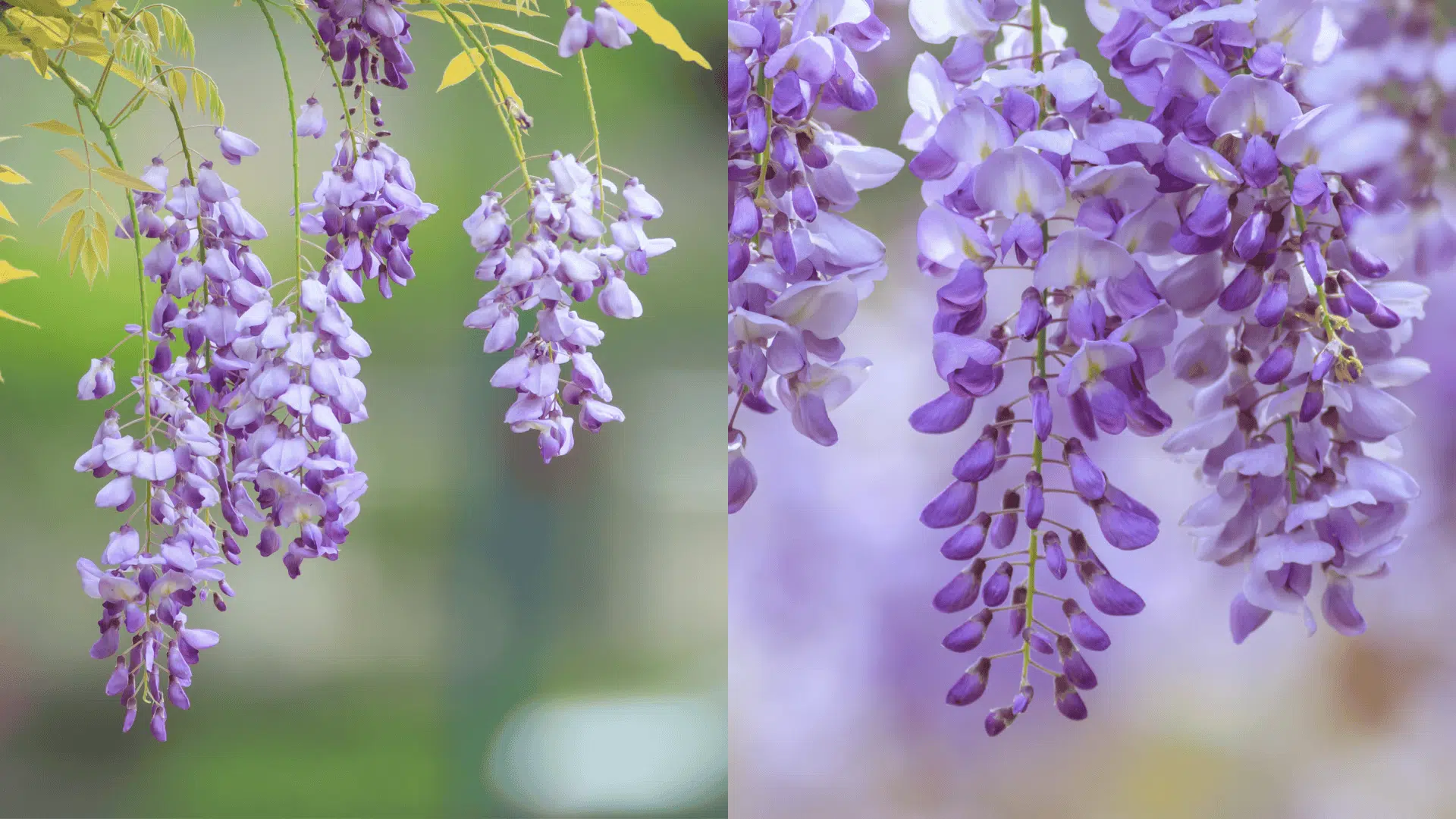The blushing philodendron stands out among houseplants with its blush-pink stems and glossy green leaves, bringing a touch of tropical beauty to any indoor space.
Loved for both its forgiving nature and striking appearance, this plant is a favorite among collectors.
Still, it needs the right care to grow, and many growers often have questions about proper identification, yellowing leaves, or the best ways to maintain it.
This post covers everything you need to know.
From identifying a blushing philodendron to solving common problems and providing the right care, so you can feel confident growing a healthy, vibrant plant in your home.
What is a Blushing Philodendron?
The blushing philodendron is known for its distinctive blush-pink to reddish stems that contrast beautifully with deep green leaves.
The leaves are heart-shaped when young and become wider as they mature.
They can grow up to 12 inches long.
This climbing plant naturally grows upward using aerial roots.
Many people confuse it with other philodendron types, but the pink-tinged stems make it easy to identify.
It grows well indoors and can reach several feet tall with proper support.
Blushing Philodendron Varieties
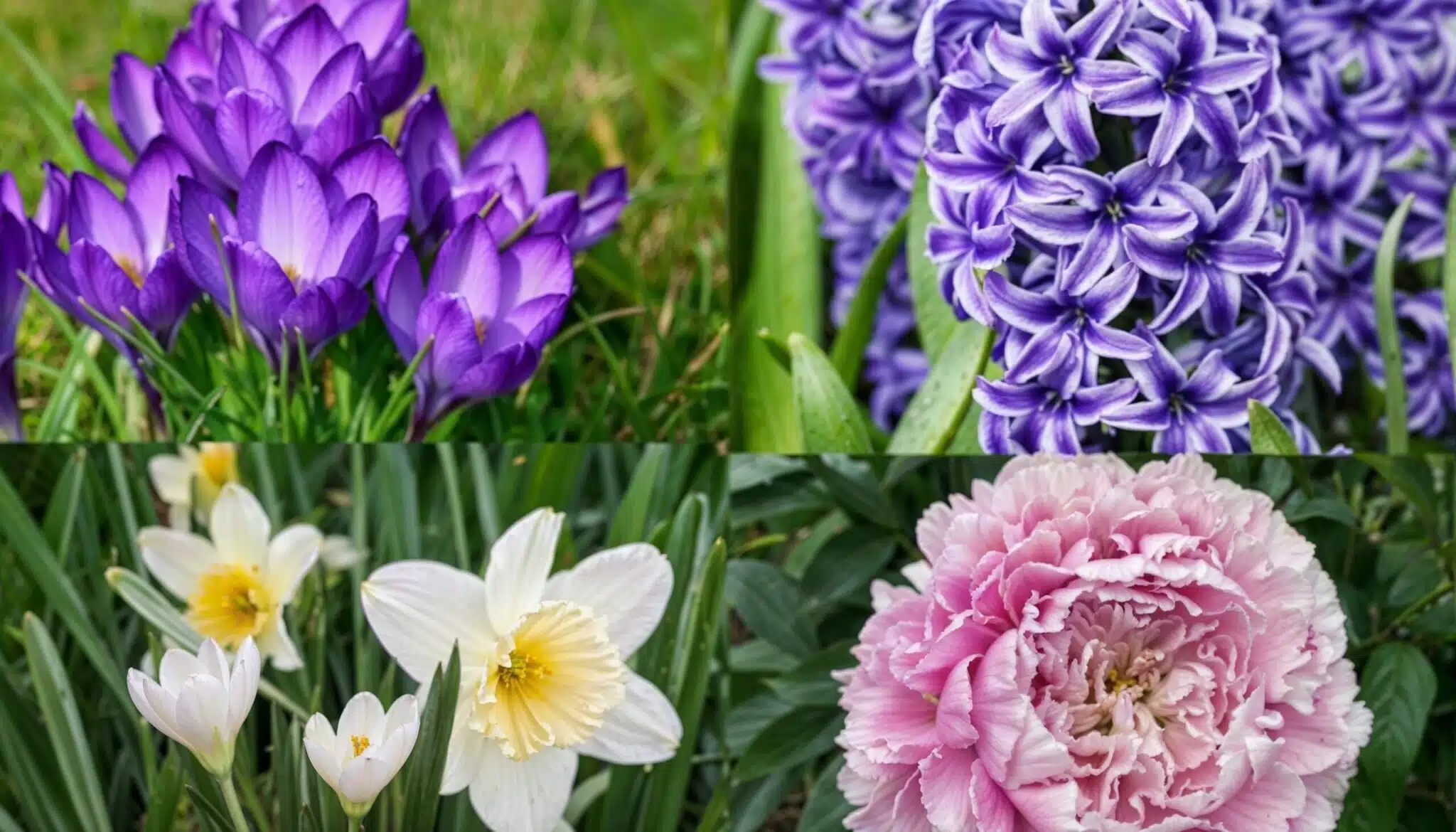
Several varieties of blushing philodendron exist, each with unique traits.
- ‘Philodendron erubescens’ is the classic type most people grow at home.
- ‘Red Emerald’ features more prominent red stems. ‘
- ‘Pink Princess’ shows variegated patterns with pink streaks across the leaves.
- ‘Burgundy’ displays darker foliage with rich undertones.
Key Differences Between Varieties
| Variety | Stem Color | Leaf Characteristics | Variegation | Care Difficulty |
|---|---|---|---|---|
| Philodendron erubescens | Pink to red | Standard green, elongated | None | Easy |
| Red Emerald | Deep red | Darker green, glossy | None | Easy |
| Pink Princess | Pink-red | Green with pink patches | Yes | Moderate |
| Burgundy | Dark burgundy | Deep green to burgundy | None | Easy |
Common Problems with Blushing Philodendron
Even healthy blushing philodendrons can develop issues from time to time.
Recognizing these problems early makes it easier to correct them and keep your plant growing
The plant usually shows clear warning signs, and each problem comes with specific causes and solutions
1. Yellowing Leaves
This often happens due to overwatering or a lack of nutrients.
When soil stays soggy, the roots can’t breathe, leading to yellowing leaves.
Let the soil dry slightly between waterings, improve drainage with perlite, and feed the plant monthly during the growing season.
Removing yellow leaves helps the plant focus on healthy new growth.
2. Drooping or Wilting
Drooping leaves may signal that the plant isn’t getting enough water, or that root rot has set in from overwatering.
Check the soil with your finger and water thoroughly if it feels dry.
If roots are black and mushy, trim them and repot in fresh soil.
Increasing humidity through misting or a humidifier can also revive drooping foliage.
3. Brown Leaf Tips
Brown, crispy tips are usually caused by low humidity, fertilizer burn, or water quality issues.
Excess fertilizer can damage the edges of leaves, while tap water with high mineral content may also contribute.
To prevent this, mist leaves a few times a week, use filtered or distilled water, and reduce fertilizer to once a month.
Trim away any brown tips with clean scissors to keep the plant looking healthy.
4. Pest Issues
Blushing philodendrons can attract pests such as spider mites, aphids, and mealybugs.
Spider mites leave fine webs, aphids cluster on new shoots, and mealybugs resemble small cottony clumps.
Spray leaves with water to knock off insects, wipe them with a neem oil solution once a week, or apply insecticidal soap to affected areas.
Always isolate infected plants to prevent the spread of pests.
How to Care for a Blushing Philodendron?

Caring for a blushing philodendron should be with the right balance of light, water, soil, and humidity.
Each element plays a key role in keeping your plant healthy and vibrant.
1.Light Requirements
Blushing philodendrons grow best in bright, indirect light.
Place them near an east or north-facing window where sunlight is filtered.
Too much direct sun can burn the leaves and fade their pink color, while too little light slows growth and makes stems leggy.
2. Watering Needs
Water your blushing philodendron when the top two inches of soil feel dry to the touch.
During spring and summer, watering once or twice a week is usually enough, while in fall and winter, watering every ten days is sufficient.
Too much water can cause yellow leaves and root rot, while too little can lead to drooping, brown leaves.
3. Soil & Potting Mix
A loose, well-draining mix keeps your plant’s roots healthy and prevents rot.
A blend of two parts potting soil, one part perlite, and one part peat moss offers the right balance of moisture and airflow.
Repot your plant every two years or when the roots start filling the pot, choosing one that’s slightly larger and has drainage holes.
4. Temperature & Humidity
Blushing philodendrons grow best in warm conditions between 65°F and 80°F.
They can handle cooler air for short periods but should never be exposed to temperatures below 55°F.
For humidity, aim for 60–80% to maintain lush, healthy leaves, and mist every few days to add moisture.
5. Fertilizer & Nutrients
Feed your plant once a month in spring and summer using a balanced liquid fertilizer, such as a 20-20-20 mix, diluted to half strength.
Avoid fertilizing in fall and winter when growth slows.
Flushing the soil with water every few months helps clear excess salts and keeps the roots in good condition.
6. Pruning & Training
Regular pruning helps maintain a full, healthy appearance.
Trim leggy stems just above a leaf node to encourage new growth and remove any yellow or brown leaves near the base to keep the plant tidy.
For climbing growth, use a moss pole and tie the stems gently with soft ties.
Growing Blushing Philodendron Indoors
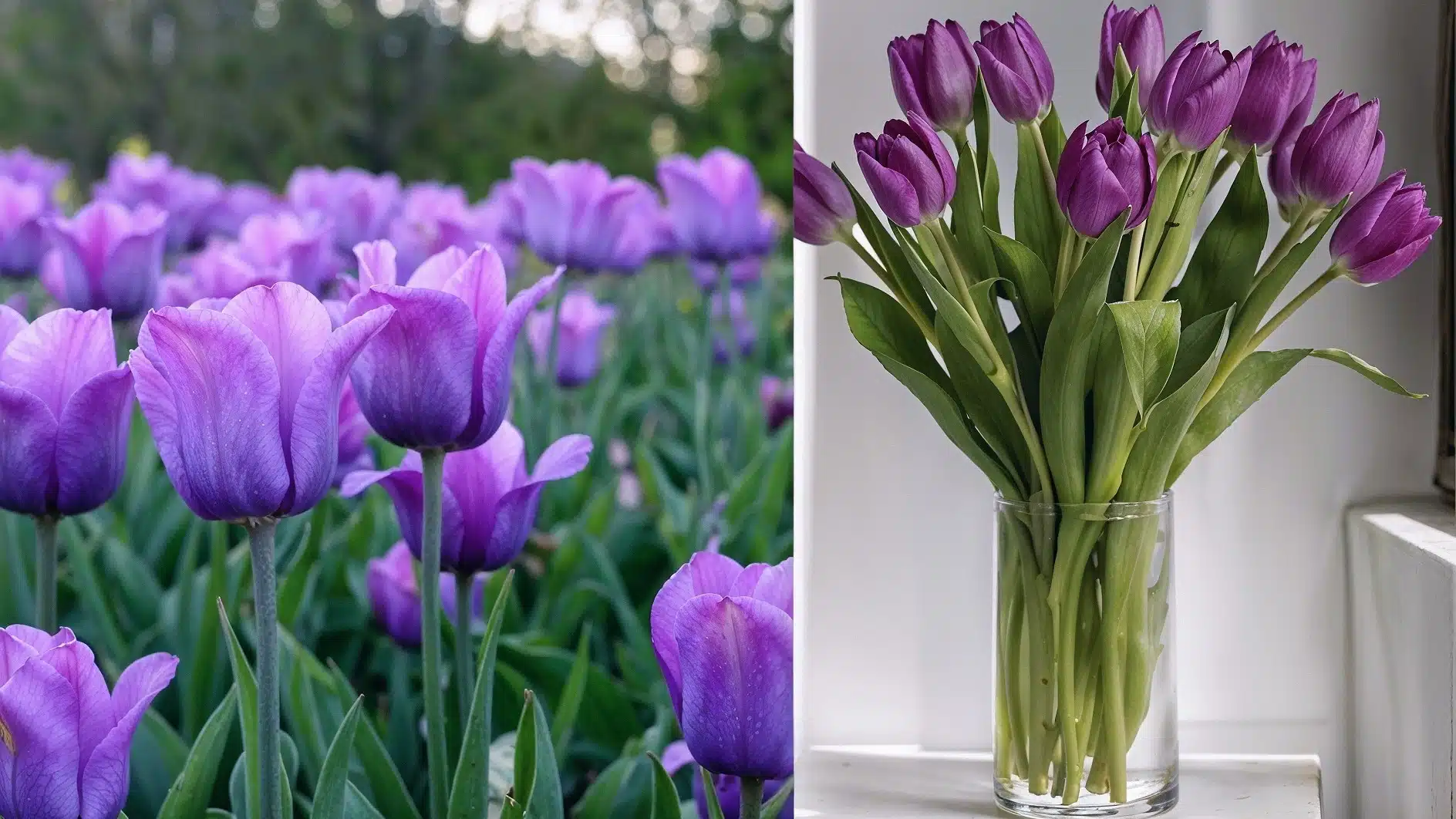
Growing a blushing philodendron indoors is simple when the environment is set up correctly.
Place the plant near east or north-facing windows to provide bright, indirect light, or supplement with LED grow lights if natural light is limited.
Keep it away from heating vents and air conditioners to reduce stress and ensure good airflow with a gentle fan to prevent fungal issues.
Grouping it with plants like pothos or ferns can help boost humidity naturally.
For vertical growth and space-saving, train it on a moss pole, and choose simple pots in white or terracotta to highlight the striking pink stems and lush green leaves.
How to Propagate Blushing Philodendron at Home?
Propagating a blushing philodendron is simple and rewarding.
You can grow new plants from stem cuttings using water or soil.
Spring and early summer are the best times to propagate when the plant grows actively.
Step-by-step stem cutting propagation:
- Cut a healthy stem with two to three nodes using clean scissors
- Remove lower leaves to expose nodes where roots will form
- Place in water or moist soil and provide bright, indirect light
- Change water every few days or keep soil consistently moist
- Wait four to six weeks for roots to develop before transplanting
Conclusion
The blushing philodendron is a vibrant addition to any indoor plant collection, with its pink-tinged stems and lush foliage adding both color and life to your space.
Proper identification helps in selecting the right variety, while addressing issues such as yellowing leaves or pests keeps the plant healthy.
By following simple care practices for light, water, soil, and humidity, you can encourage strong growth and long-lasting beauty.
Start growing a blushing philodendron today and enjoy the rewards of a growing houseplant.
Have questions or tips to share? Leave a comment below and join the conversation!

